Scooter - Double Side Trailing Link
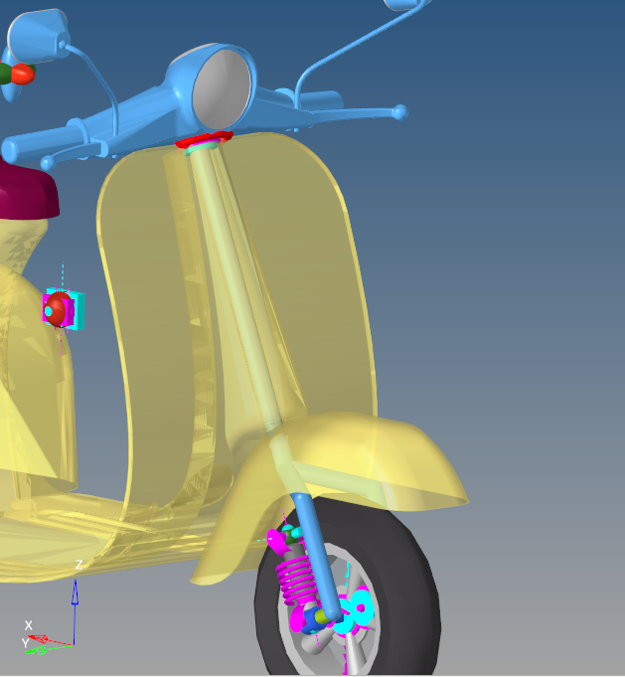
Figure 1. Double Side Trailing Link Suspension with Steering
Model Use
- The wheel body represents the mass and inertia of the tire and the rim.
- The wheel hub body represents the mass and inertia of other rotating bodies such as a brake rotor. The wheel hub and brake rotor have no associated graphics.
- The wheel and wheel hub parts use the Wheel center location as the center of gravity.
The image below shows the Project browser view of the systems on a fully populated front suspension model. The Double Side Trailing Link Suspension system has six “child” systems.
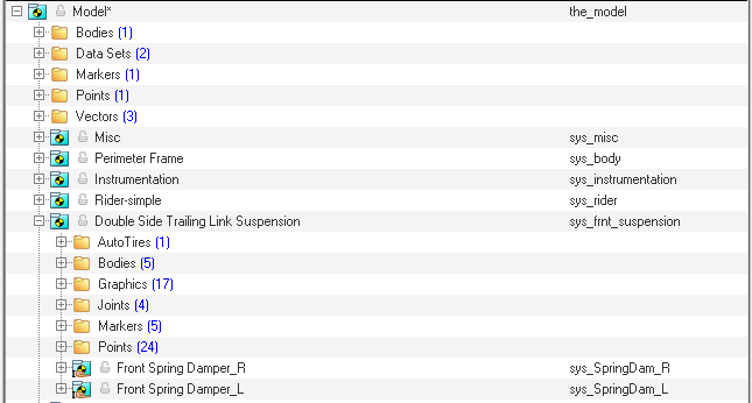
Figure 2. Browser View of Double Side Trailing Link Suspension
Points
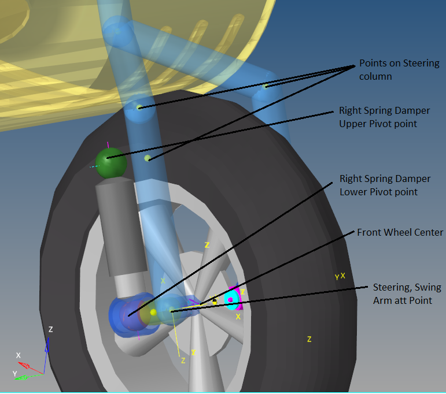
Figure 3. Right Side Principal Points – Double Side Trailing Link Suspension
Bodies
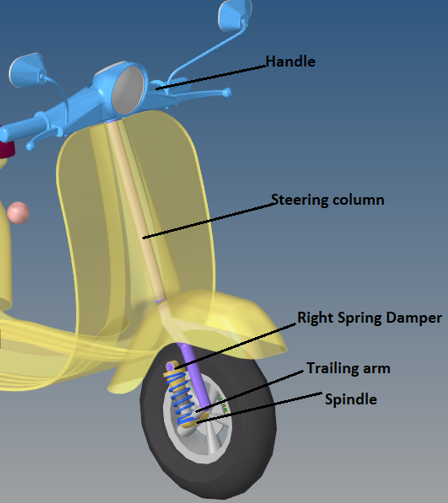
Figure 4. Right Side Bodies – Double Side Trailing Link Suspension
Joints
| Label | Type | Body 1 | Body 2 | Point | Notes |
|---|---|---|---|---|---|
| Steering Swingarm Attachment Joint | Revolute | Swing Arm | Steering Column | Swingarm steering Att Point | |
| Swingarm Spindle Att Joint | Fixed | Spindle | Swing Arm | Front Wheel CG | |
| Spindle to Wheel | Revolute | Front Wheel | Spindle | Front Wheel CG | |
| Steering REV Joint | Revolute | Handle | Frame | Steering Axis Top | |
| Handle | Fixed | Handle | Steering Column | Steering Axis Top |
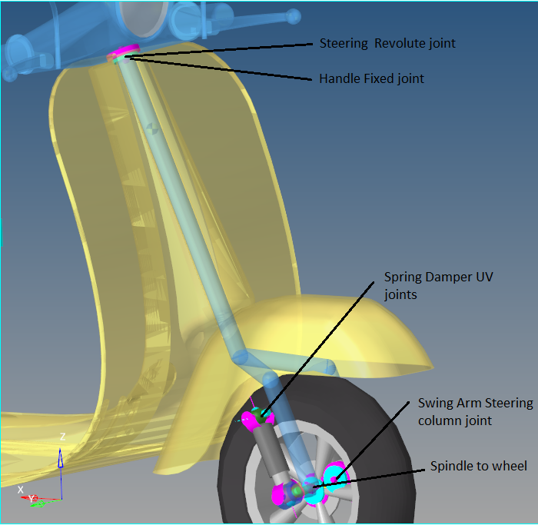
Figure 5. Joints - Double Side Trailing Link Suspension